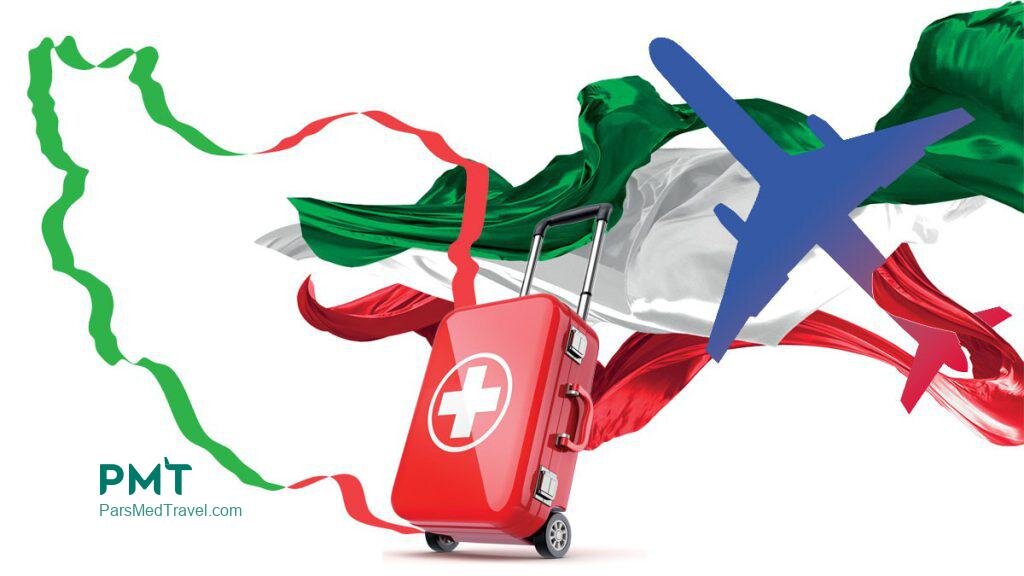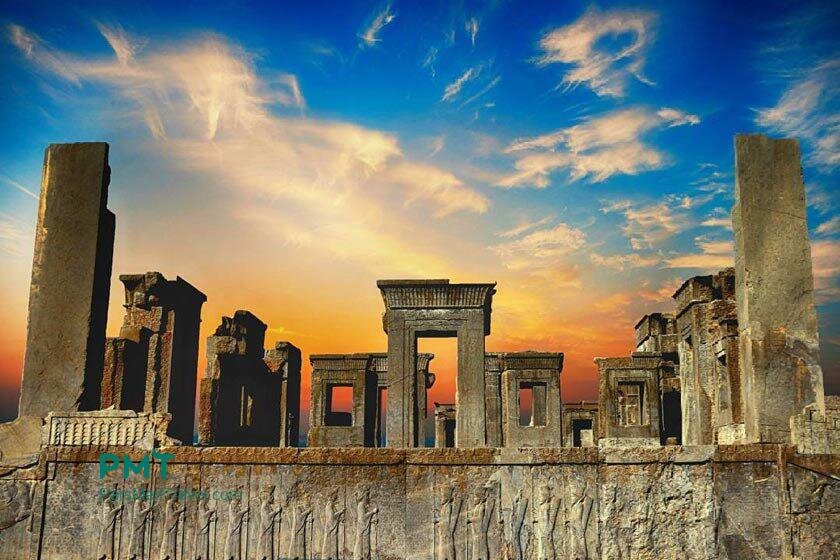Exploring the Economic Benefits of the Medical Tourism in Iran

Introduction: The global phenomenon of medical tourism, also known as health tourism, has gained significant attention in recent years. This article sheds light on the industry's benefits for a country's economy, delves into the potential of Iran as a tourist destination, and highlights the growth of medical tourism in Iran, along with its advantages. With its rich cultural heritage, advanced medical facilities, and competitive pricing, Iran has positioned itself as a compelling choice for medical tourists worldwide.
The Economic Benefits of the Tourism Industry
The tourism industry plays a pivotal role in boosting a country's economy, generating revenue, and creating job opportunities. Notably, medical tourism, which involves high-value medical treatments and procedures, contributes significantly to the economy. By attracting international visitors, a nation can experience increased spending on accommodation, transportation, dining, and various local services. This influx of tourist expenditure stimulates economic growth, supporting businesses and industries that cater to the needs of travelers. Moreover, the revenue generated from medical tourists not only benefits the healthcare sector but also spills over into other sectors such as hospitality, transportation, and retail. Consequently, this fosters economic development and prosperity, creating a positive impact on the overall economy of the country.
Iran's Potential as a Tourist Destination
Iran possesses immense potential as a captivating tourist destination, offering a treasure trove of cultural, historical, and natural attractions. Firstly, the country's architectural wonders, such as the mesmerizing ruins of Persepolis and the intricate beauty of Isfahan's Naqsh-e Jahan Square, enthrall visitors with their rich history and remarkable craftsmanship. Additionally, Iran's strategic location, nestled between the Middle East and Central Asia, enhances its appeal, allowing tourists to experience a harmonious blend of cultures and traditions. From the lush forests of Gilan to the mesmerizing deserts of Kerman and the majestic snow-capped mountains of Damavand, Iran presents diverse landscapes that offer unique opportunities for nature enthusiasts. Moreover, Iran's commitment to preserving its cultural heritage and providing a safe and welcoming environment for visitors further reinforces its potential as a thriving tourist destination.

![]() Historical Cities in Iran: A Magnet for Tourists
Historical Cities in Iran: A Magnet for Tourists
Iran is home to several historical cities that have captivated travelers with their rich heritage, architectural marvels, and cultural significance. These cities offer a glimpse into Iran's illustrious past, showcasing magnificent structures and landmarks that have stood the test of time. Let's explore some of the most notable historical cities in Iran and their attractions for tourists:
1. Isfahan:
Isfahan, known as the "Half of the World," is a city renowned for its stunning architectural wonders. The UNESCO-listed Naqsh-e Jahan Square serves as the centerpiece, boasting the majestic Imam Mosque, Sheikh Lotfollah Mosque, and the Ali Qapu Palace. The intricate tile work, soaring domes, and exquisite calligraphy of these structures leave visitors in awe. Isfahan is also famous for its picturesque bridges, including the iconic Si-o-se-pol and Khaju bridges, which offer mesmerizing views of the Zayandeh River.
2. Shiraz:
Shiraz, the city of poets and gardens, holds a special place in Iranian history and culture. One of its most notable attractions is the UNESCO-listed Persepolis, an ancient ceremonial capital of the Achaemenid Empire. The ruins of Persepolis showcase the grandeur and artistic mastery of the ancient Persians. Another must-visit site is the Nasir al-Mulk Mosque, famous for its stunning stained glass windows that cast a colorful spectacle during the morning hours. The beautiful Eram Garden and the tombs of renowned Persian poets Hafez and Saadi are also popular tourist destinations in Shiraz.
3. Yazd:
Yazd is a desert city characterized by its unique architecture and ancient traditions. The historic city center, a UNESCO World Heritage Site, is a maze of narrow alleys and mud-brick houses adorned with windcatchers, traditional architectural elements that provide natural ventilation. The Jameh Mosque of Yazd, with its exquisite tile work, and the Towers of Silence, ancient Zoroastrian burial sites, are among the city's top attractions. Yazd is also known for its traditional qanats (underground aqueducts) and the Zoroastrian Fire Temple, where an eternal flame has burned for centuries.

![]() The Growth of Medical Tourism in Iran and Its Advantages
The Growth of Medical Tourism in Iran and Its Advantages
Iran has experienced remarkable growth in medical tourism, attracting patients from around the world seeking high-quality healthcare services. The country's advanced medical facilities, highly skilled healthcare professionals, and cost-effective treatments have been pivotal in driving this upward trend. International patients travel to Iran for a wide range of medical services, including specialized surgeries, cosmetic procedures, and fertility treatments. The advantages of medical tourism in Iran are manifold. Firstly, patients benefit from access to cutting-edge medical technologies and techniques, ensuring that they receive the latest advancements in healthcare.
Additionally, Iran's healthcare system offers shorter waiting times compared to many other countries, allowing patients to receive prompt treatment. Furthermore, the affordability of medical procedures in Iran, coupled with the high standard of care, makes it an attractive option for patients seeking cost-effective treatments. Moreover, the personalized care provided by healthcare professionals in Iran ensures that patients receive individual attention and support throughout their medical journey. Lastly, Iran's strict adherence to international standards and regulations in healthcare guarantees the quality and safety of medical procedures, instilling confidence in international patients.
Conclusion
The tourism industry, including medical tourism, plays a crucial role in driving economic growth and development in Iran. The country's potential as a tourist destination, with its rich cultural heritage and diverse landscapes, attracts visitors from all over the world. Iran's advanced medical facilities, skilled healthcare professionals, and cost-effective treatments have contributed to the growth of medical tourism, benefiting both the healthcare sector and the overall economy. The positive effects of medical tourism in Iran include increased revenue, job creation, cultural exchange, and the promotion of other sectors such as hospitality and retail. As Iran continues to showcase its potential as a destination for medical tourism, it has the opportunity to further strengthen its position as a global healthcare hub, offering exceptional healthcare services to patients. You can check Pars Med Travel for more details.
Leave a Comment